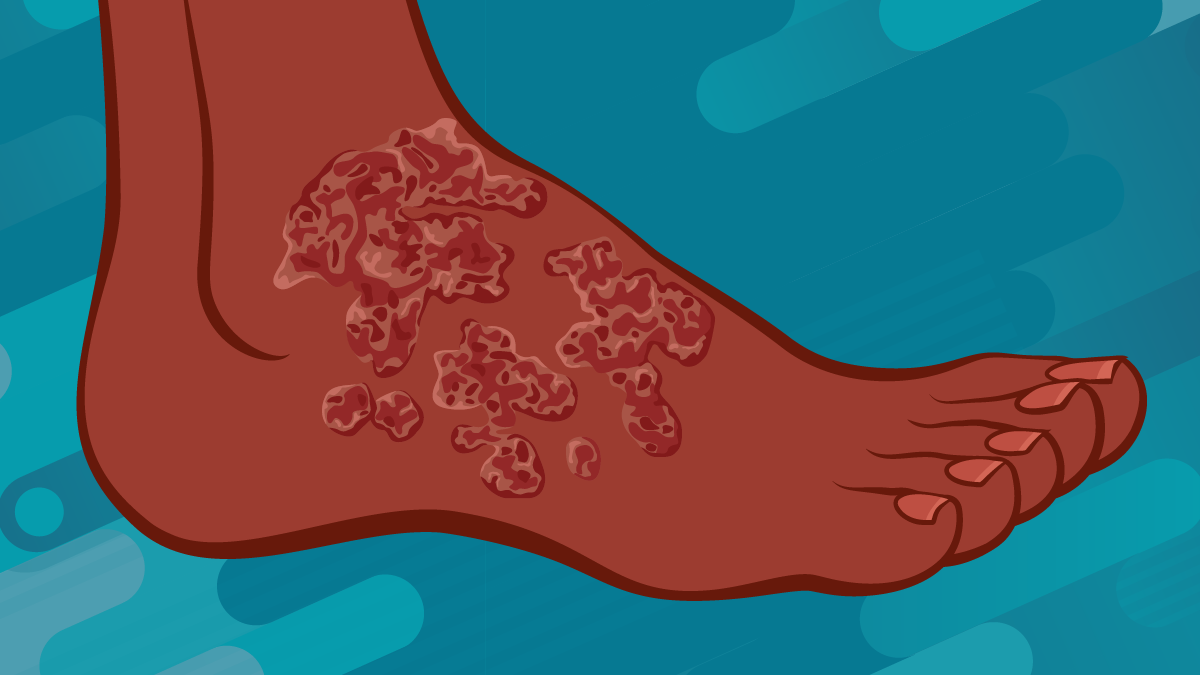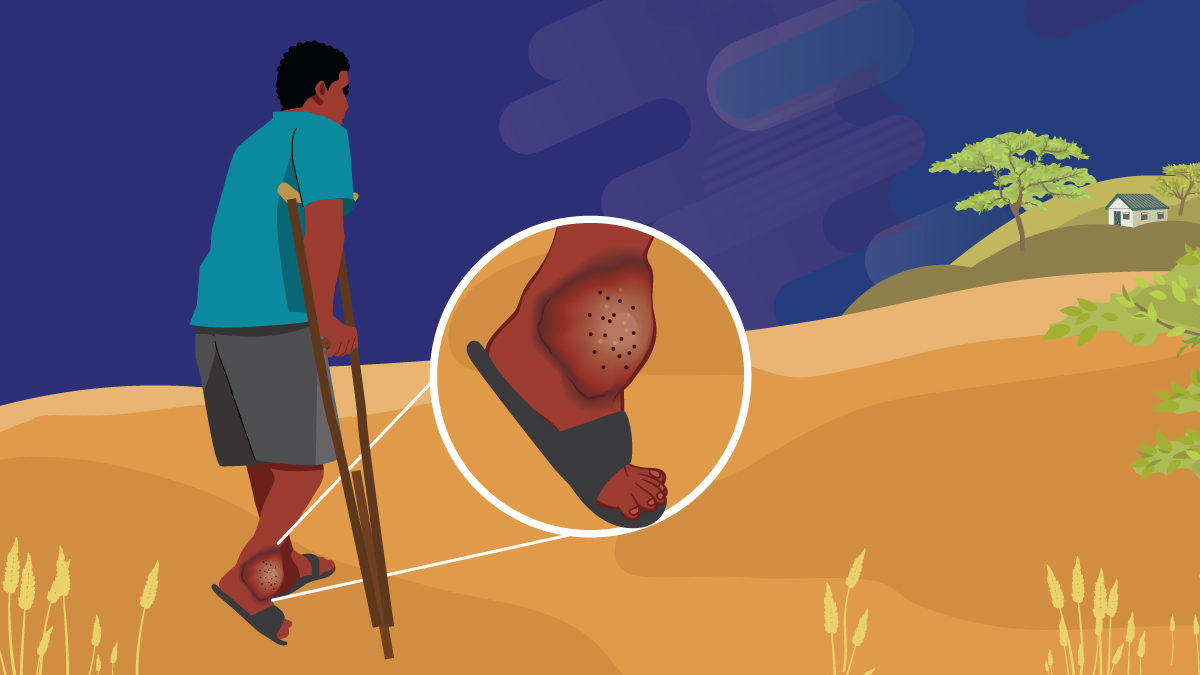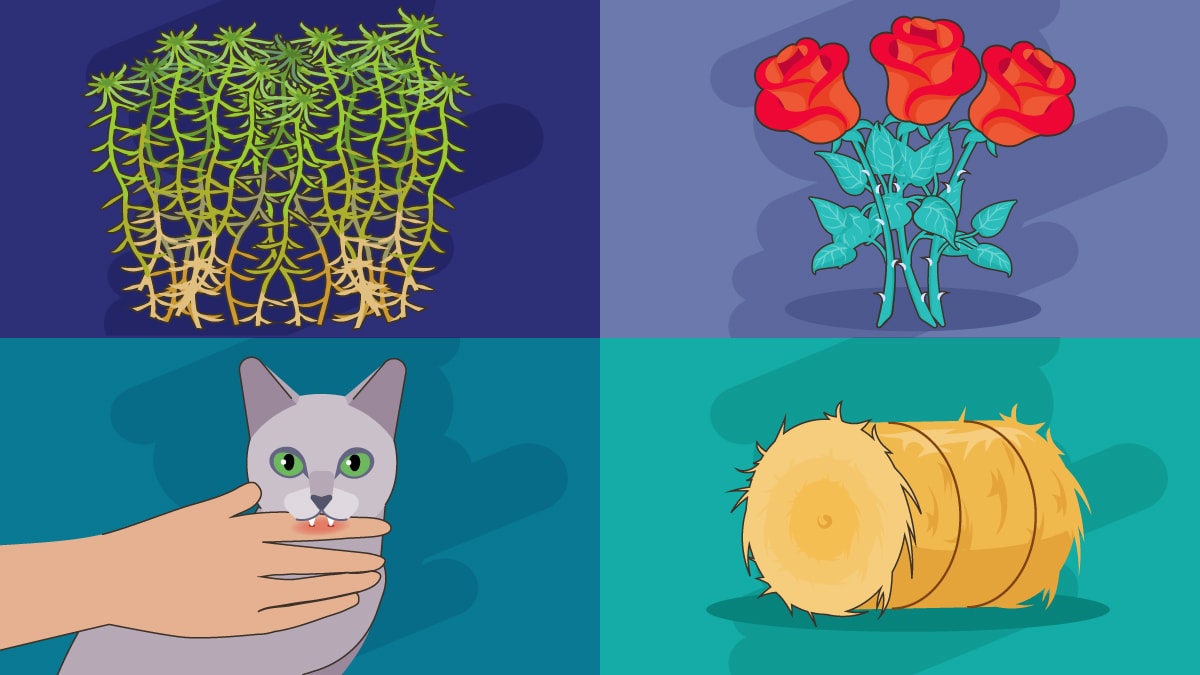Overview
The fungal diseases chromoblastomycosis, mycetoma, paracoccidioidomycosis, and sporotrichosis are recognized as neglected tropical diseases (NTDs) by the Word Health Organization (WHO). The fungi that cause these infections live in the environment and are most common in subtropical and tropical parts of the Americas, Africa, and Asia.
Fungal NTDs mostly affect people living in socially and economically marginalized communities who often lack access to healthcare and treatment. Left untreated, chromoblastomycosis, mycetoma, paracoccidioidomycosis, and sporotrichosis can cause severe disability and lead to social stigma.
Learn about the fungal NTDs
Untreated chromoblastomycosis, a fungal infection, can cause limb swelling and difficulty walking.
Mycetoma is a disease caused by certain types of bacteria and fungi found in soil and water.
Sporotrichosis typically causes severe skin infections but can affect other parts of the body.
Paracoccidioidomycosis is caused by a fungus in Latin America. Many cases are in outdoor workers.



